With the support of Citilab in the 3H Methodology implementation within our consortium, Public Art Lab initiated an editorial production. After one year of the project live and as a natural consequence of the data flow generated throug Labs, DiverCities app development, we wanted to keep a track of this reflection at mid-point of the project life.
With theses guidelines, the Labs organisers are providing not only theoric, artistic or social activities but an agile aggregation of this three typologies. In addition, the 3H Methodology has been designed to be scalable on other artistic projects (outside of Future DiverCities framework). Curators of the partnership are users and ambassadors of this methods. Thanks to this weft and to the methodology the structures compiled knowledge and datas retrospectively to Labs. More precisely, the contents extracted from the Labs documentations provided handbook and toolkit to gather communities in co-creation and artistic processes. A booklet was for us the format the most accurate to this need. To characterize actions and mindsets generated during the first year of Future DiverCities, the editorial team invited experts from the art scene, city making and innovation to write on their perspectives related to the project values. Simultaneously, the editorial team transposed the 3H methodology and the lab achievements into 5C’s methodology (context, challenge, catalyzation, community, co-creation) to make it more accessible to a large audience. By inviting established personality to participate in the Booklet elaboration, the partnership saw an opportunity to expand its network and endorse the project dissemination. In this logic, Public Art Lab introduced Future DiverCities its values and new artistic formats in and outside Europe to cultural and innovation stakeholders.
In parallel, our Action Researches were nourished by the academic and theoretical inputs of the researcher in urban media art Tanya Toft Ag. The four curatorial topics that constitute the spine of the project (Future DiverCitizens, Future DiverSocieties, Future DiverSystems, Future DiverCities) were enhanced and transpose into guidelines.
On behalf of Future DiverCities, Public Art Lab would like to thank everyone involved in the creation of this booklet, all project partners and authors, Tanya Toft Ag, Cédric Claquin, Darinka Czischke, Teresa Dillon, François Jégou, Charles Landry, Bastian Lange, Laia Sanchez, Virna Setta, Peter Sinclair, and for their precious advice and support: Nuala Morgan at URBACT, Marc Violo and SIX (Social Innovation Exchange), Sylvine Bois-Choussy at La 27ème Région, Christoph Jankowski at the Creative Europe Desk UK, and Corinne Rigaud and Karel Bartak at the European Commission.
Please consult our booklet here.

Recent Comments